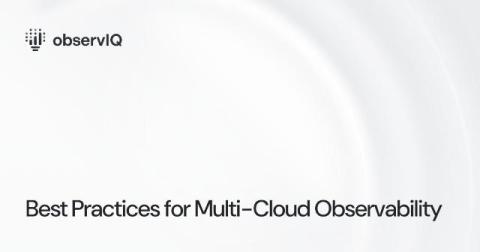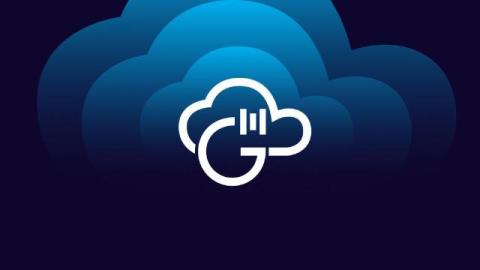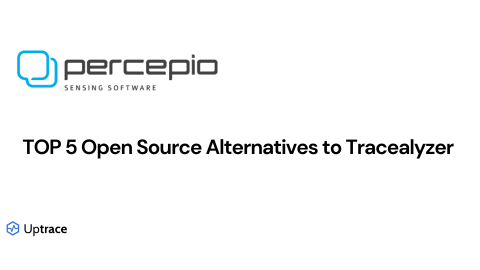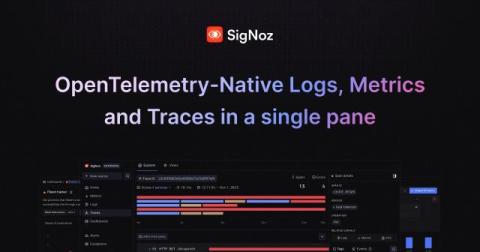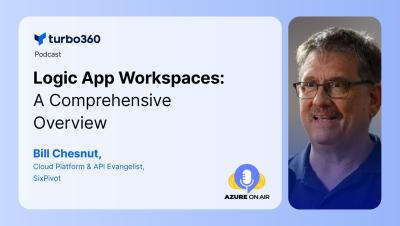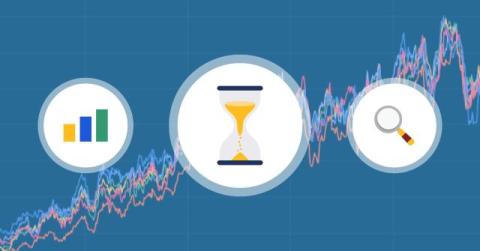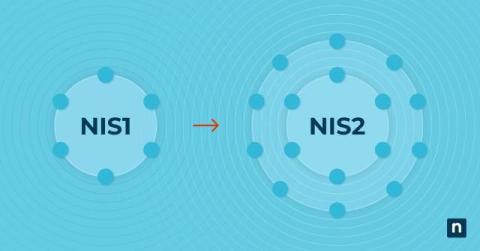Best Practices for Multi-Cloud Observability
If The Notorious BIG – the artist behind the iconic song "Mo Money Mo Problems" – had been an IT operations engineer, he might instead have labeled his hit "Mo Clouds Mo Problems." Why? Because the more clouds you have to manage and monitor, the more problems you're likely to run into.


